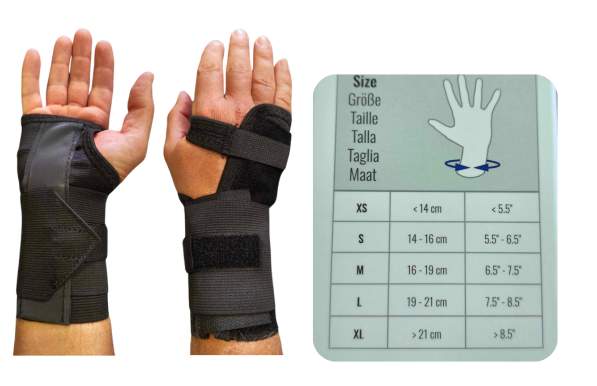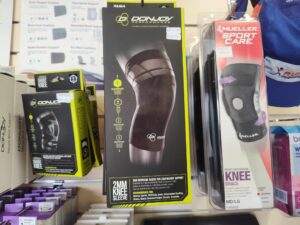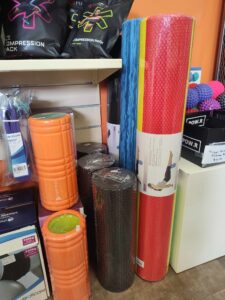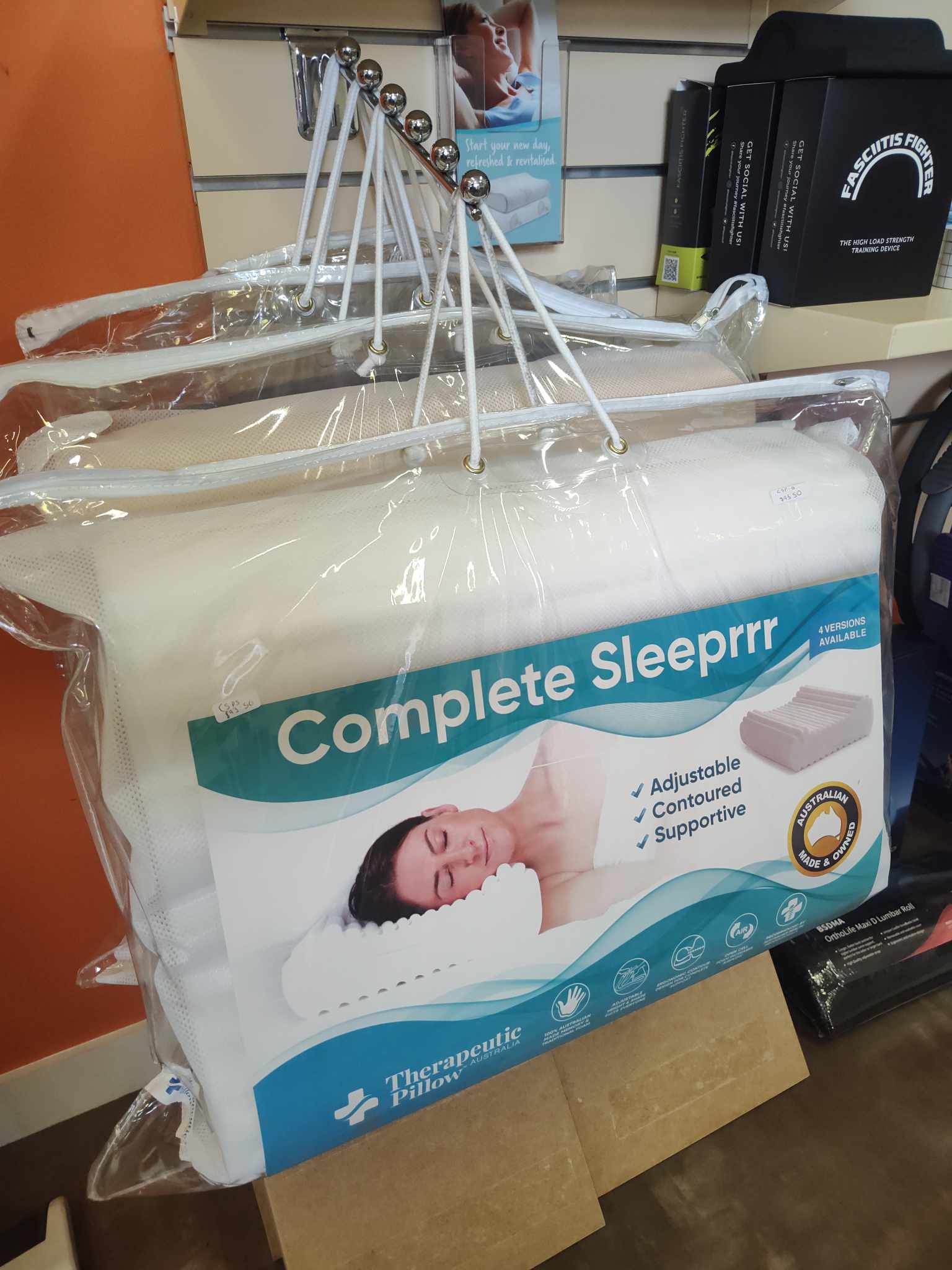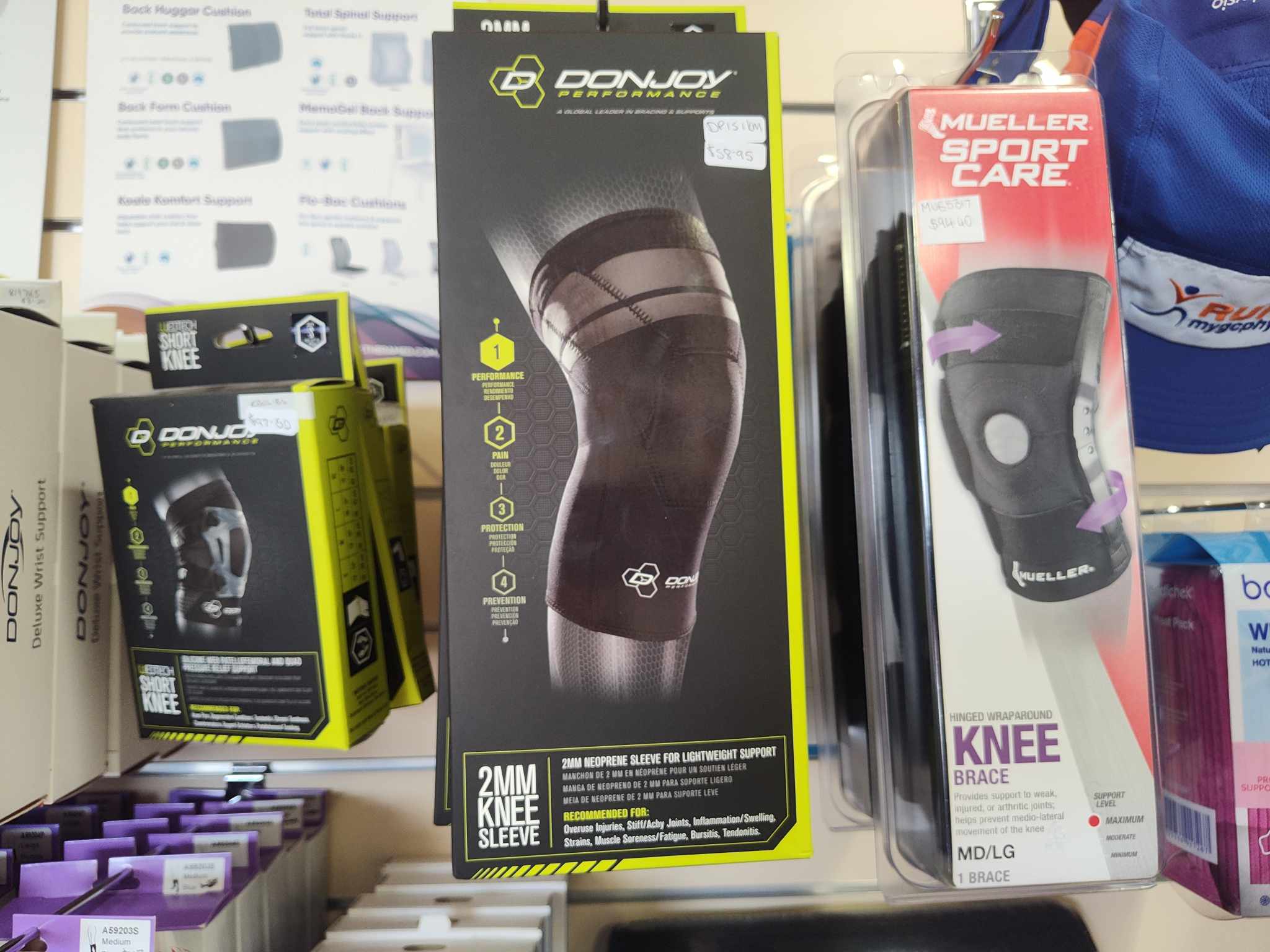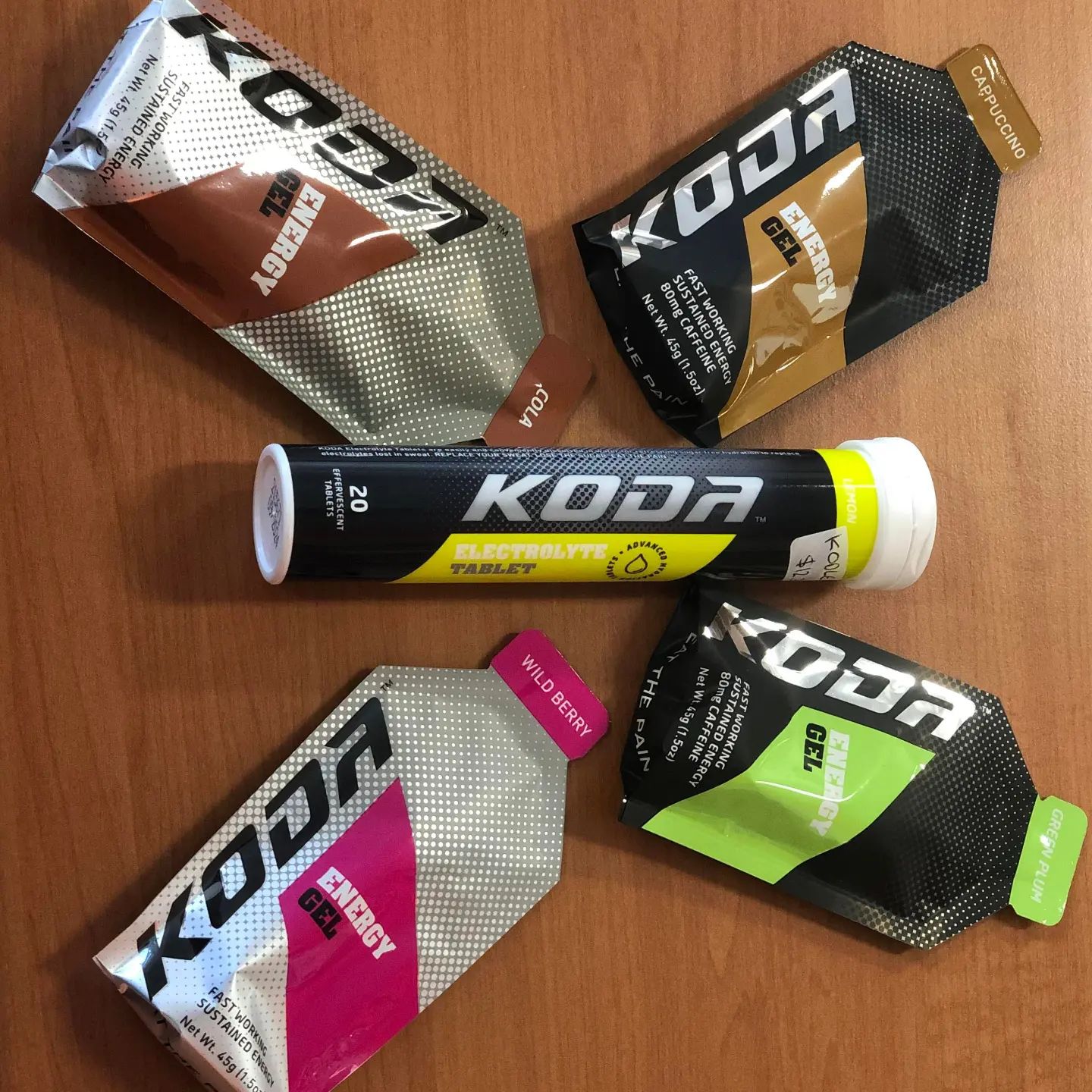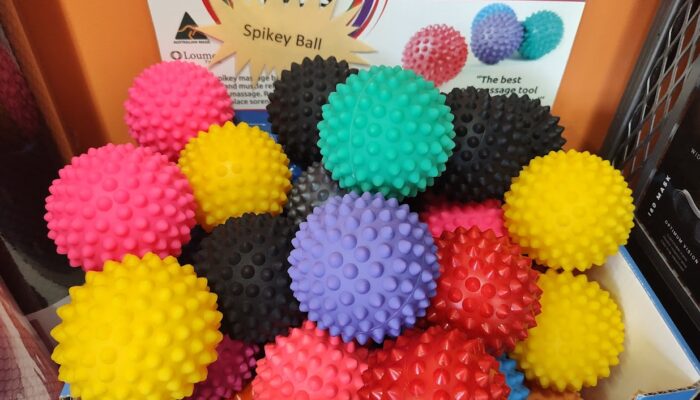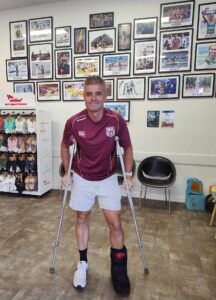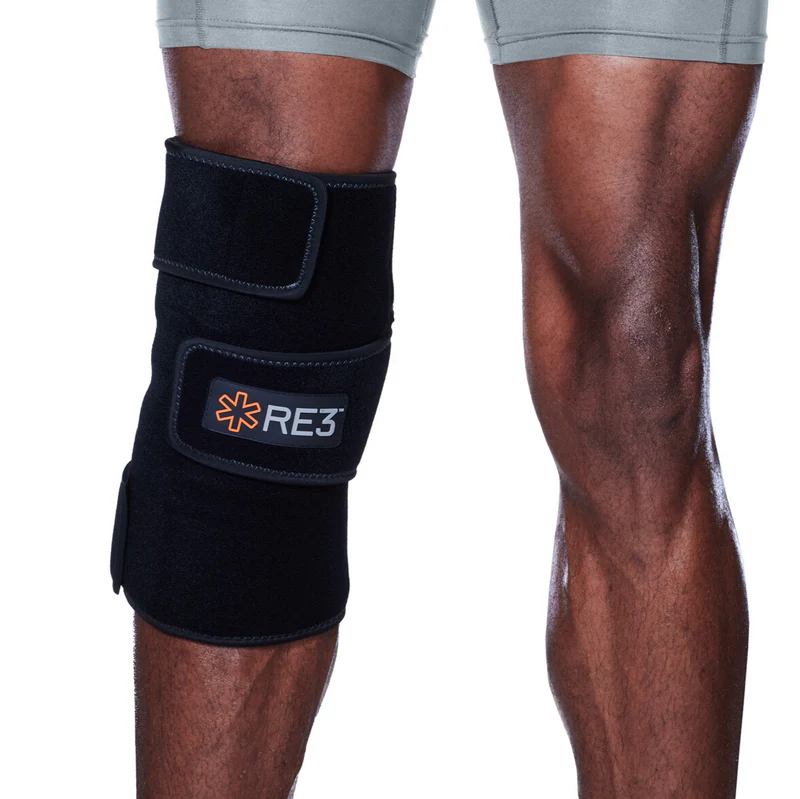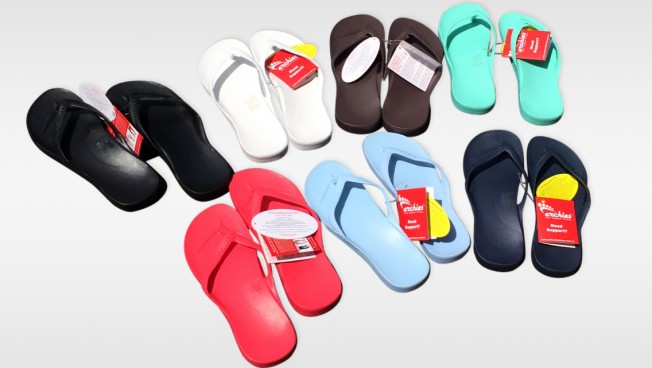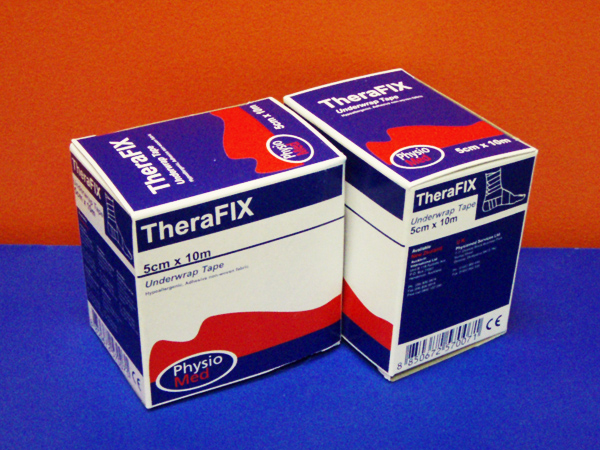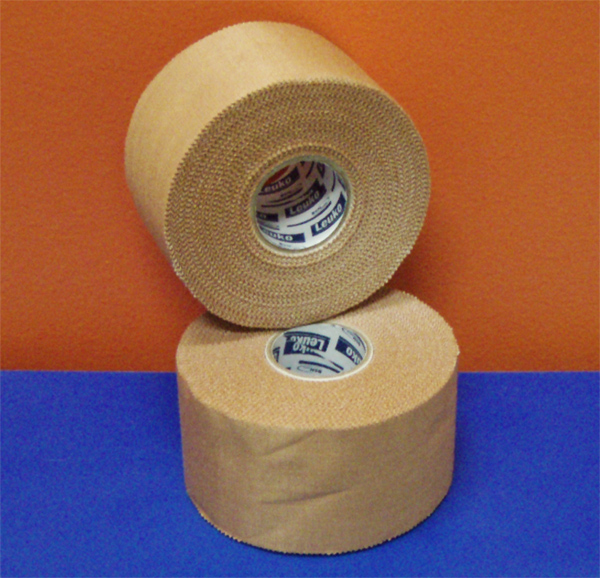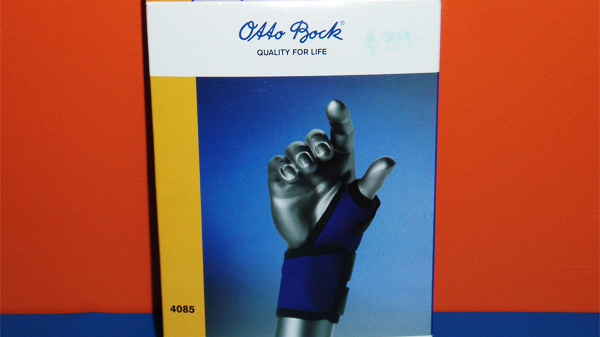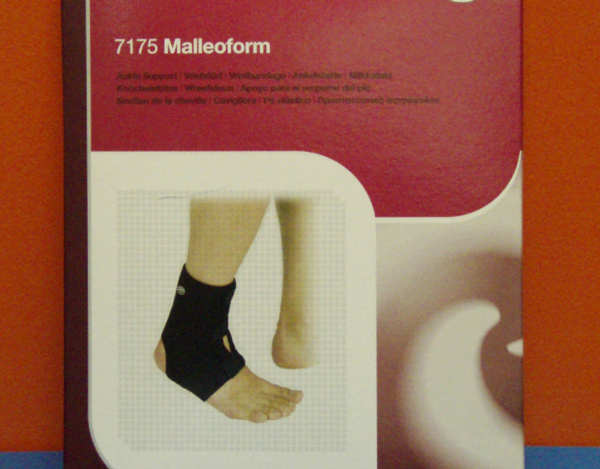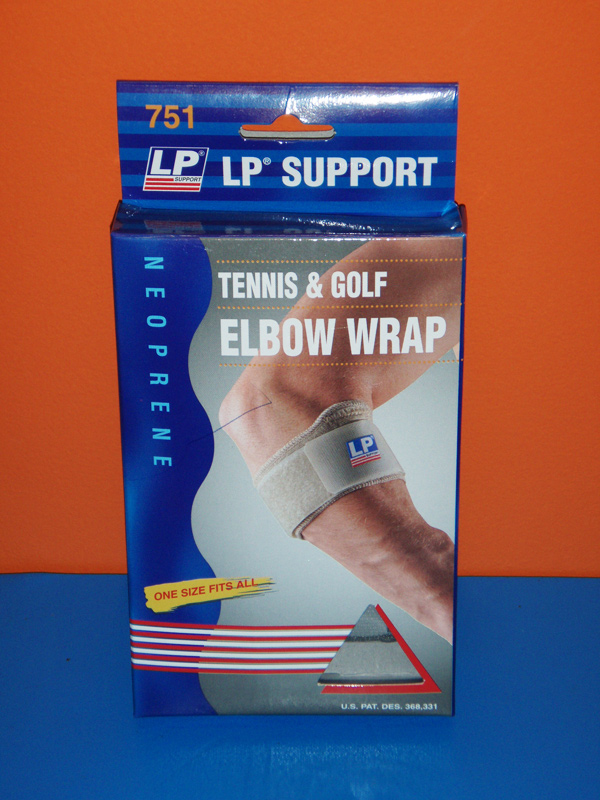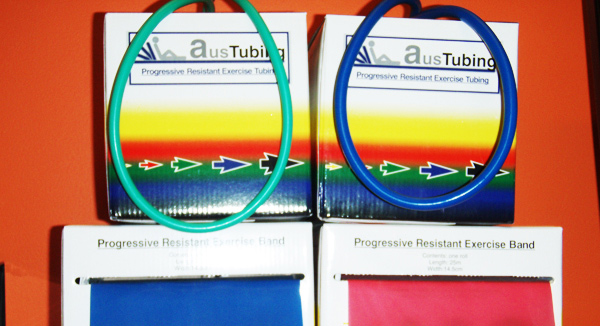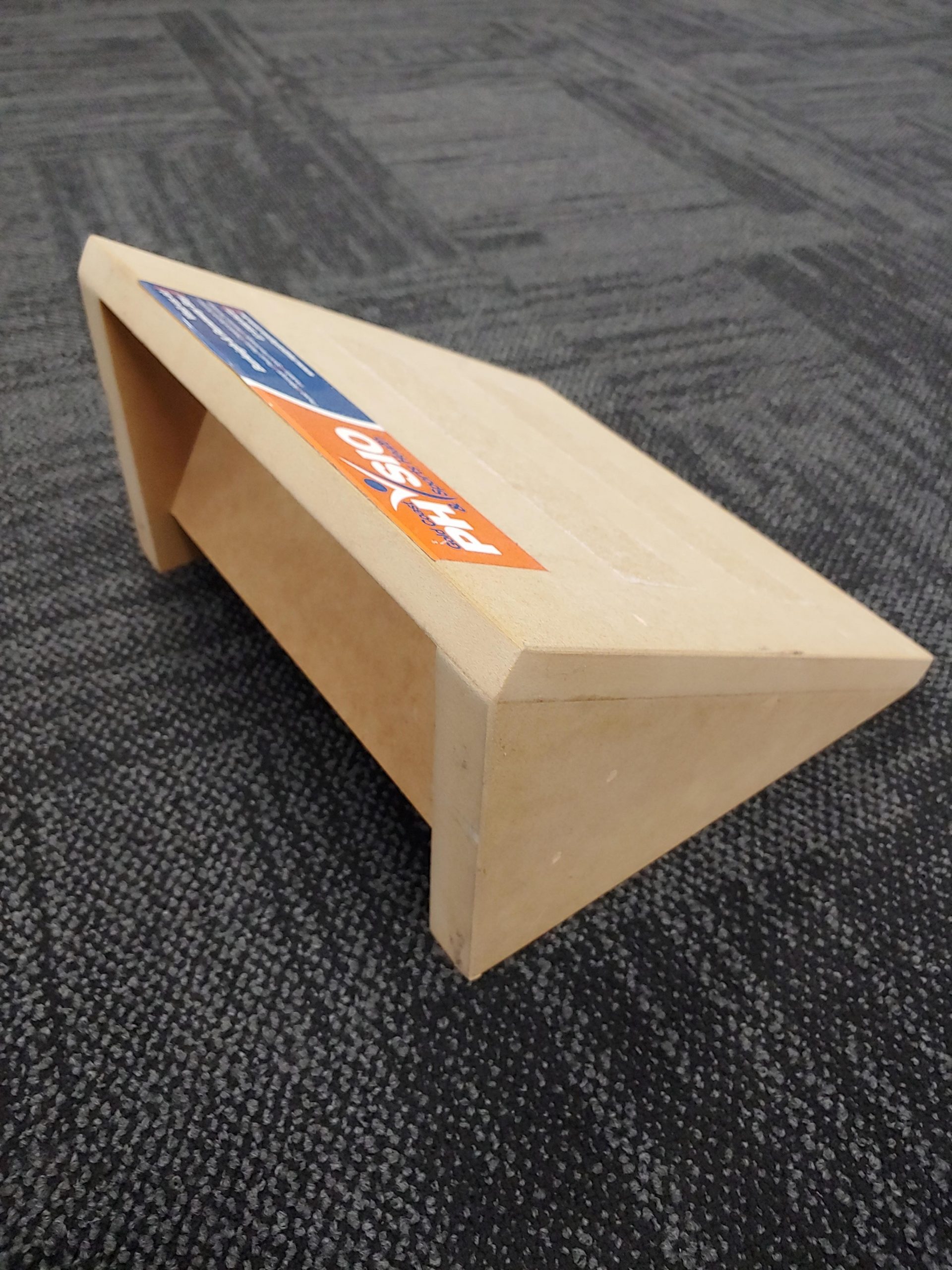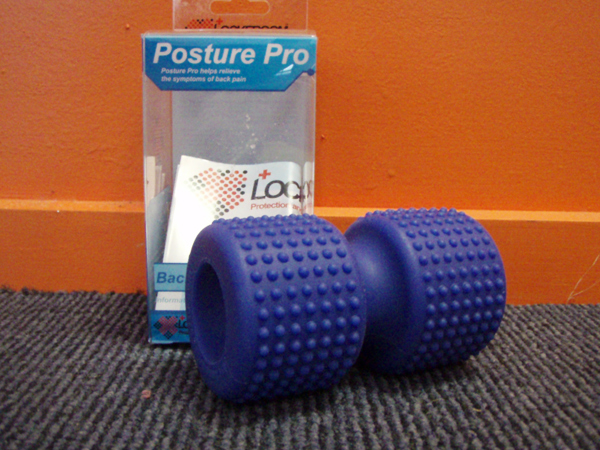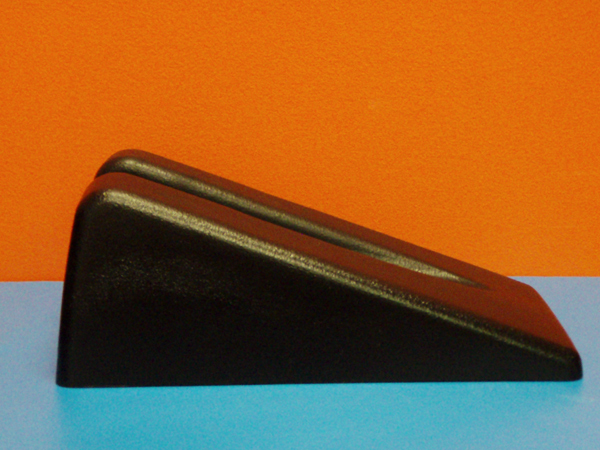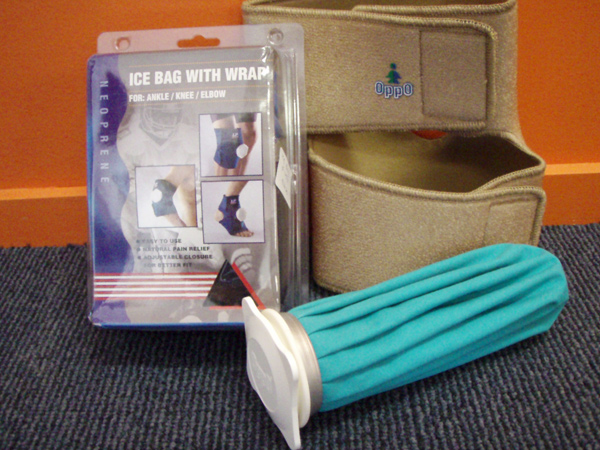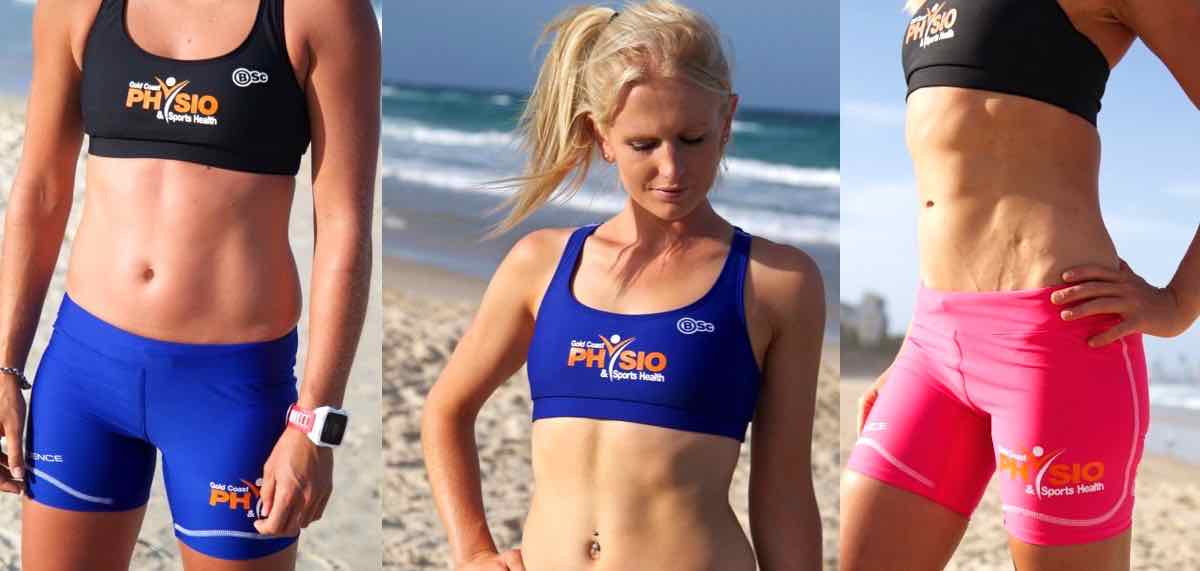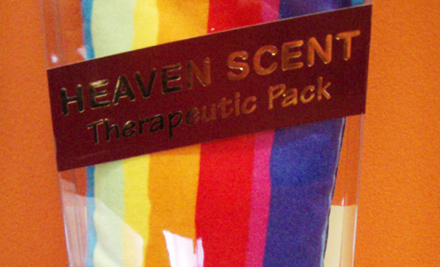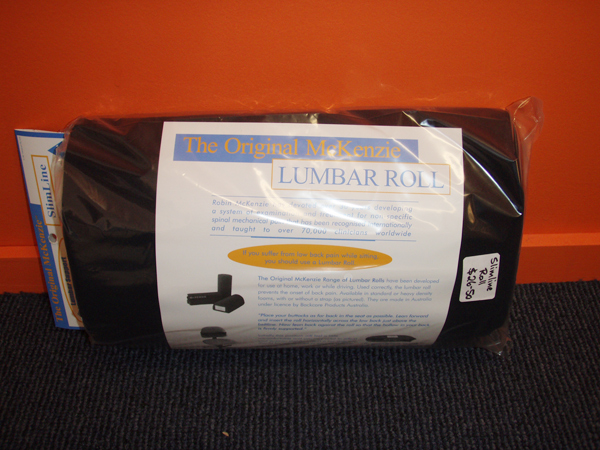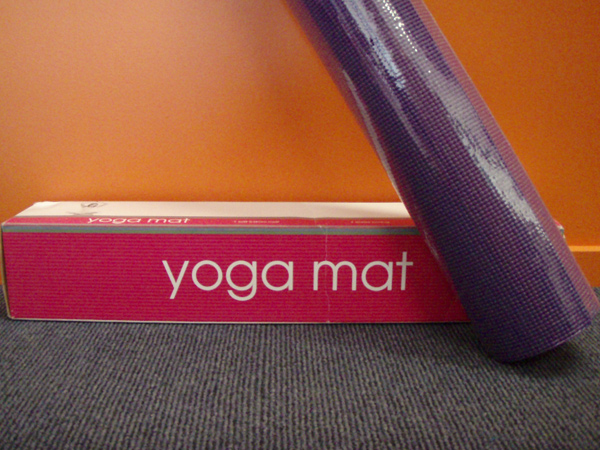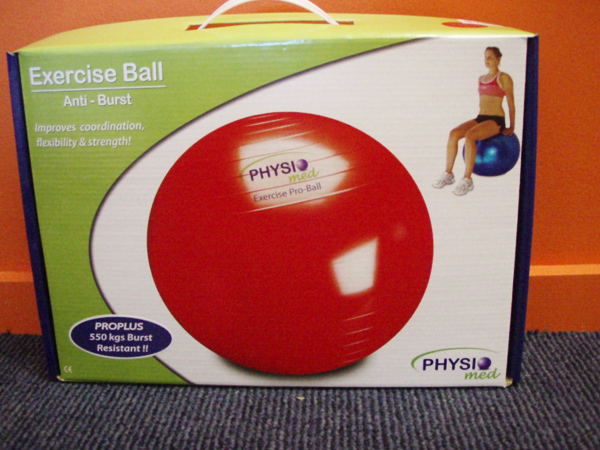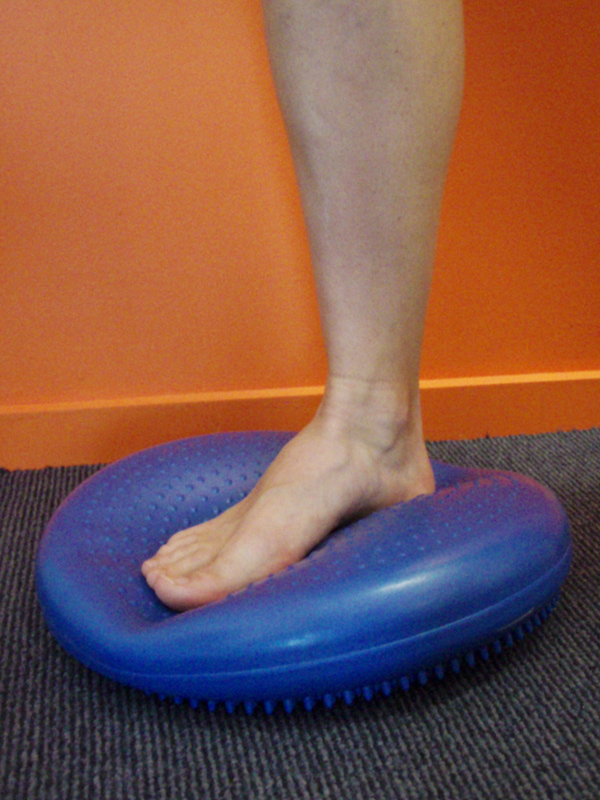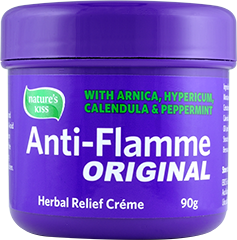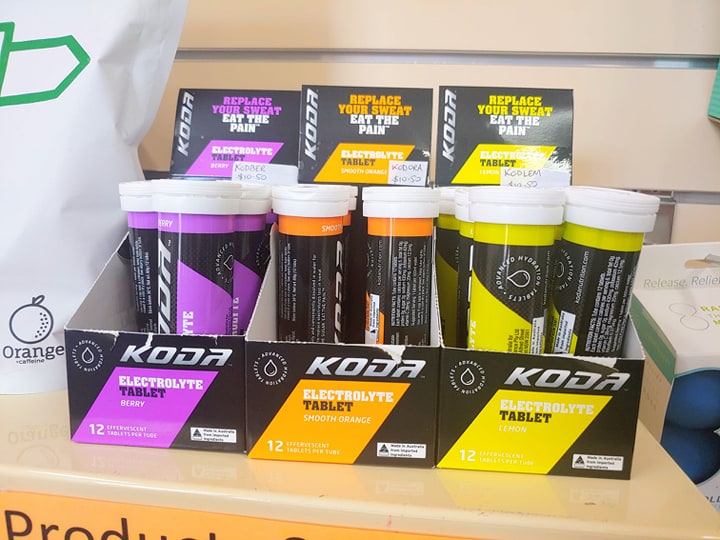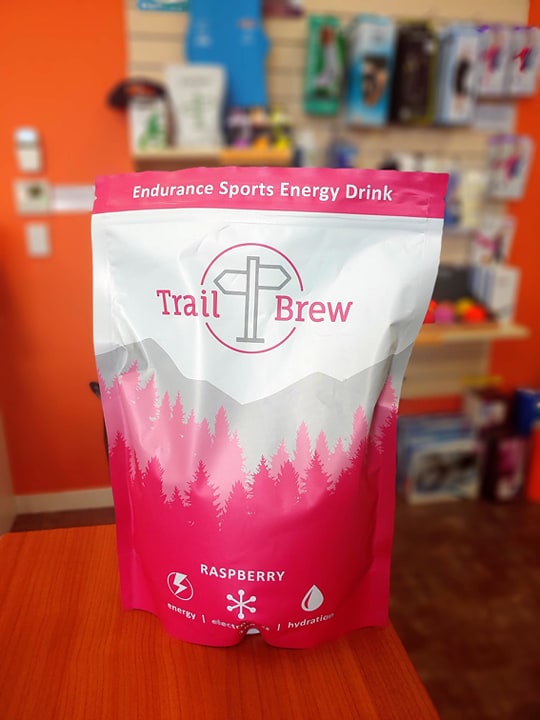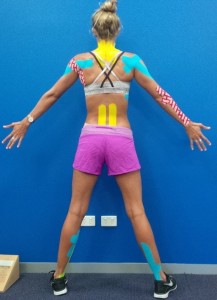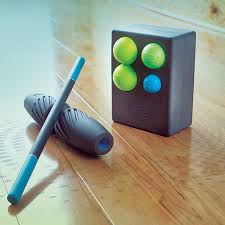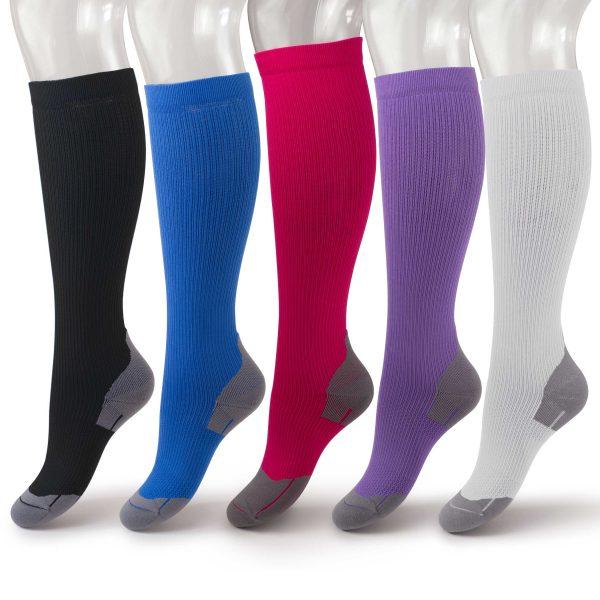Dry Needling
Dry needling is a form of acupuncture where the needles are placed in muscle (myofascial) trigger points. A trigger point is a discrete, irritable, overactive point in skeletal muscle or fascia that can be felt as a nodule or band in the muscle (commonly known as a “knot”). Palpation of the trigger point reproduces the complaint of pain, so areas of needling are dependent on the therapist’s feel and reports of reproduction of pain.
Contact us to find out whether dry needling is suitable for you. Or ask your physio during your next visit.
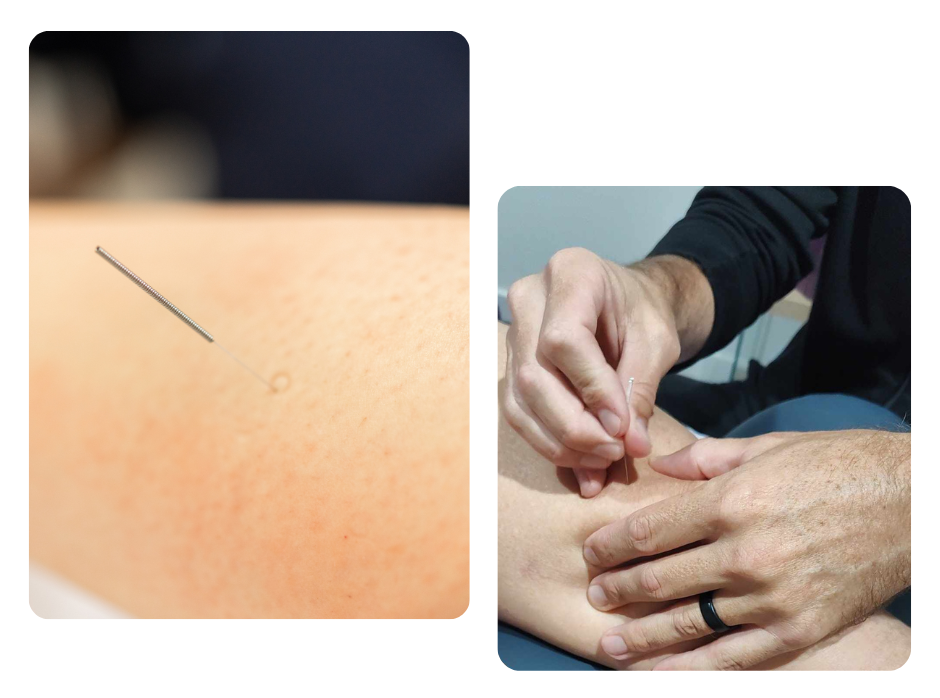
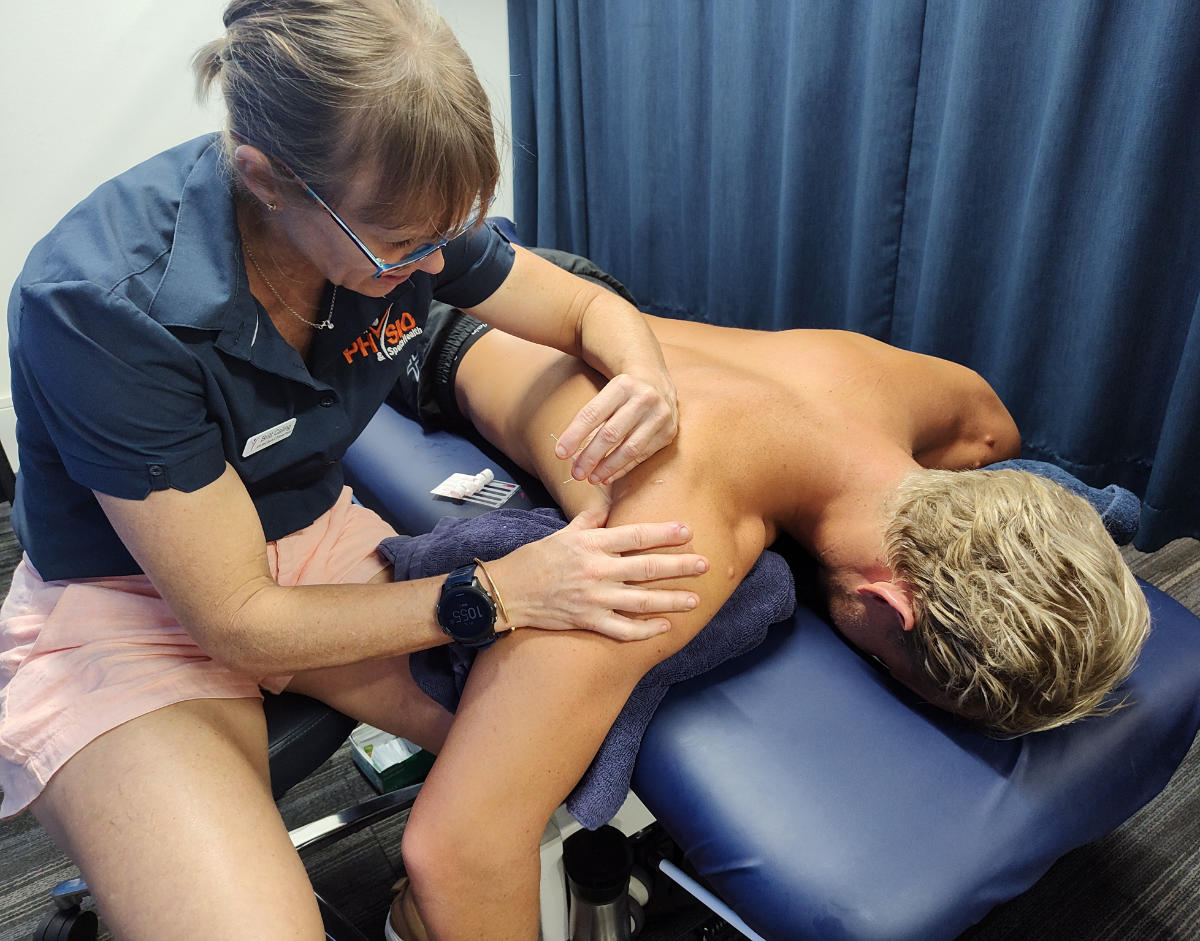
How it works
Research has shown that dry needling increases the micro-circulation, blood flow and blood vessel movement throughout the body, which increases oxygenation of the tissues. This helps to flush toxins, waste products, and other accumulated particles and chemicals from the tissues, improving their overall function.
Research also shows that small electrical currents are generated by the insertion of a needle into the connective tissues stimulating both the neural system and the fascia (the tissue surrounding and linking all muscles and other tissues in the body).
As the neural system and fascia extends throughout the body, these effects could occur both locally at the site of needle insertion and at a distance from the insertion point.
When needling stimulates the nerve fibres in the muscles, impulses are sent to the spinal cord and different areas of the brain. These centres in turn release endorphins and other chemicals which block pain impulses.
The Benefits
The results of dry needling include:
- Reduces Pain
- Reduction of pain relieving medication
- Reduced swelling
Who is it for?
Any condition involving pain and swelling can be helped by dry needling, particularly conditions such as:
- Chronic low back pain
- Headaches
- Anterior knee pain
- Tendinopathy
- Knee and hip osteoarthritis
- Pelvic and back pain in pregnancy
- Pain arising from muscle trigger points
- Any condition associated with muscle tightness
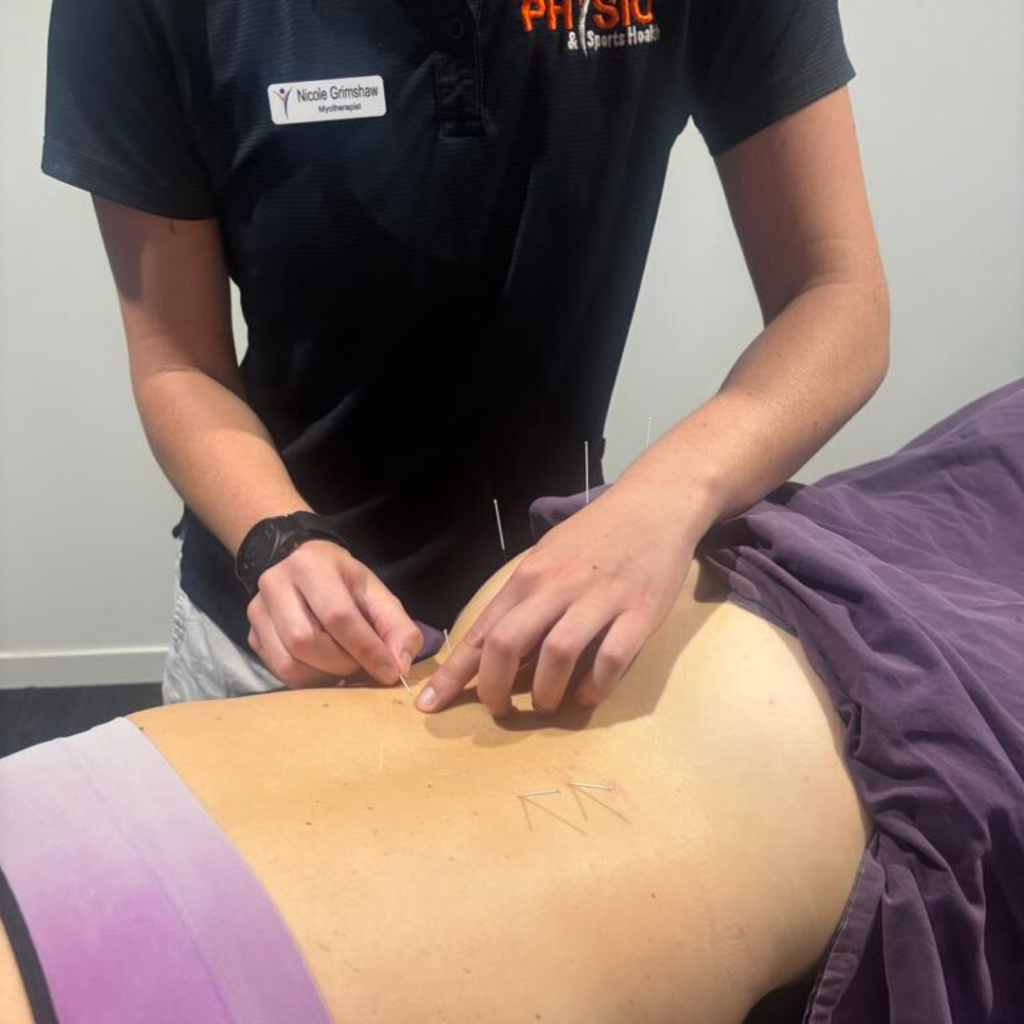
Our dry needling physios & massage therapists
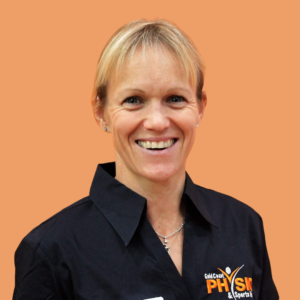
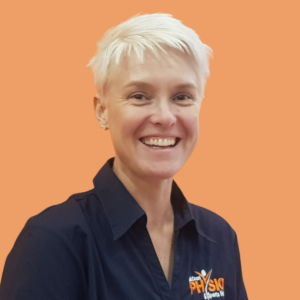
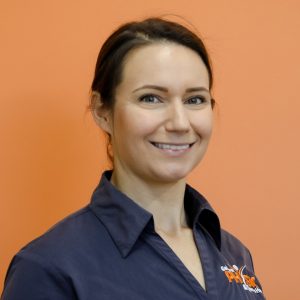


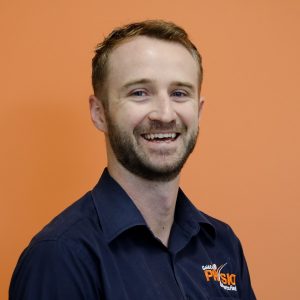
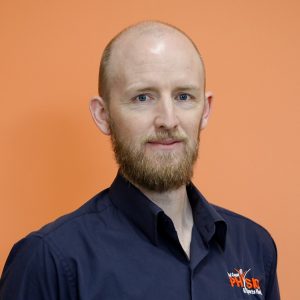
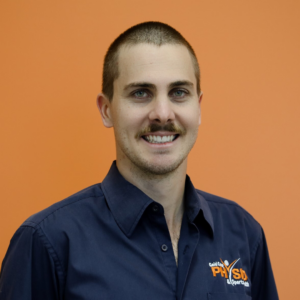
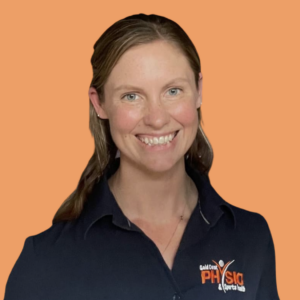
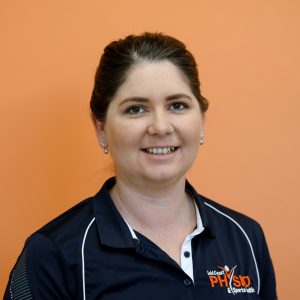
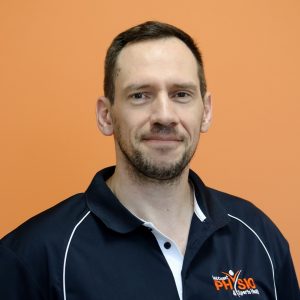
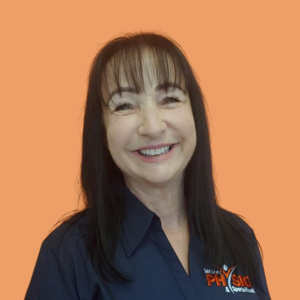
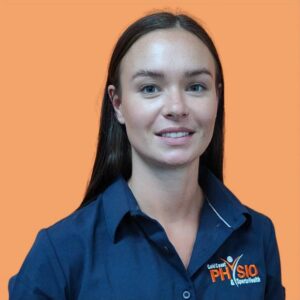
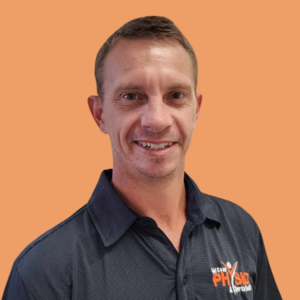
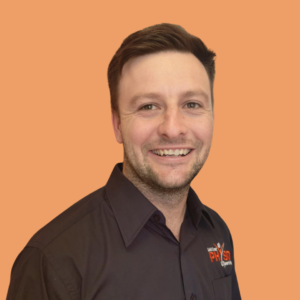
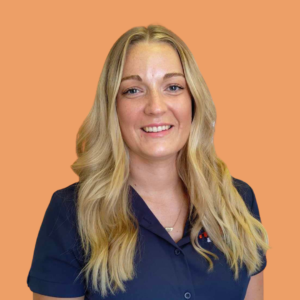
FAQ
What is the difference between Acupuncture and Dry Needling?
Acupuncture is a technique whereby the needles are placed in specific, pre-determined acupuncture points. These points are located along meridian channels that help the “qi” energy flow from inside the body (core organs) to more superficial tissues.
Dry Needling is a form of acupuncture where the needles are placed in muscle “trigger points”. A Trigger point is a discrete, irritable, overactive point in skeletal muscle or fascia that can be felt as a nodule or band in the muscle (commonly known as a “knot”). Palpation of the trigger point reproduces the complaint of pain, so area’s of needling is dependent on therapist feel and reports of reproduction of pain.
What are the Physiological Effects of Needling?
- Releases Pain Relieving Endorphins
- Increases Blood Flow to Injury Sites
- Increases Oxygenation to Injury Sites
Therefore Needling can:
- Reduce Pain
- Reduce the Intake of Pain Relieving Medication
- Reduce Swelling
How Does Needling Work?
Research has shown that acupuncture increases the micro-circulation, blood flow and blood vessel movement throughout the body, which in turn increases oxygenation of the tissues. This helps flush toxins, waste products, and other accumulated particles and chemicals from the tissues improving their overall function.
Research also shows that small electrical currents are generated by the insertion of a needle into the connective tissues stimulating both the neural system and the facia (fascia is the tissue surrounding and linking all muscles and other tissues in the body). As the neural system and fascia extends throughout the body, these effects could occur both locally at the site of needle insertion and at a distance from the insertion point.
When needling stimulates the nerve fibres in the muscles, impulses are sent to the spinal cord and different areas of the brain. These centres in turn release endorphins and other chemicals which block pain impulses.
Is Acupuncture and Dry Needling Safe?
Despite the fact that it involves skin penetration acupuncture and dry needling are relatively safe treatment techniques. Two recent studies reviewed hundreds of patients following acupuncture treatments: Only 10% of patients reported mild adverse effects such as tiredness after treatment, dizziness and bruising at the site of needling.
No major adverse events were reported.
Which Conditions Can it Help?
Any condition involving pain and swelling can be helped by needling. However the following conditions have randomised studies supporting needling as a beneficial treatment technique. We should see more conditions being added to this list further research is carried out.
- Chronic (ongoing) Low Back Pain
- Headaches
- Anterior Knee Pain
- Tendinopathy
- Knee and Hip Osteoarthritis
- Pelvic and Back Pain in Pregnancy
- Pain arising from muscle trigger points and any condition associated with muscle tightness
For more information about Myofascial Dry Needling at Gold Coast Physio & Sports Health, Read Here
Which Therapist should I see if I want to trial Acupuncture or Dry Needling?
Nearly all our Physiotherapists at Gold Coast Physio & Sports Health are qualified and trained to practice Dry Needling.
Some of our Massage Therapists have also undergone additional training to allow them to Dry Needle effectively & safely. If you would like a session of Dry Needling, please ask our friendly Frontdesk Team which Therapists have been trained in Dry Needling techniques and they will make an appropriate booking for you
If you are seeking Acupuncture as a treatment intervention we currenlty do not have any Therapists trained to perform Chinese Medicine & Acupunture Techniques, however, we do have some Contacts around the Gold Coast Community that we can refer you to for Acupuncture.
Should you have any questions about whether Acupuncture or Dry Needling is appropriate for you, please call us on (07) 5500 6470.

